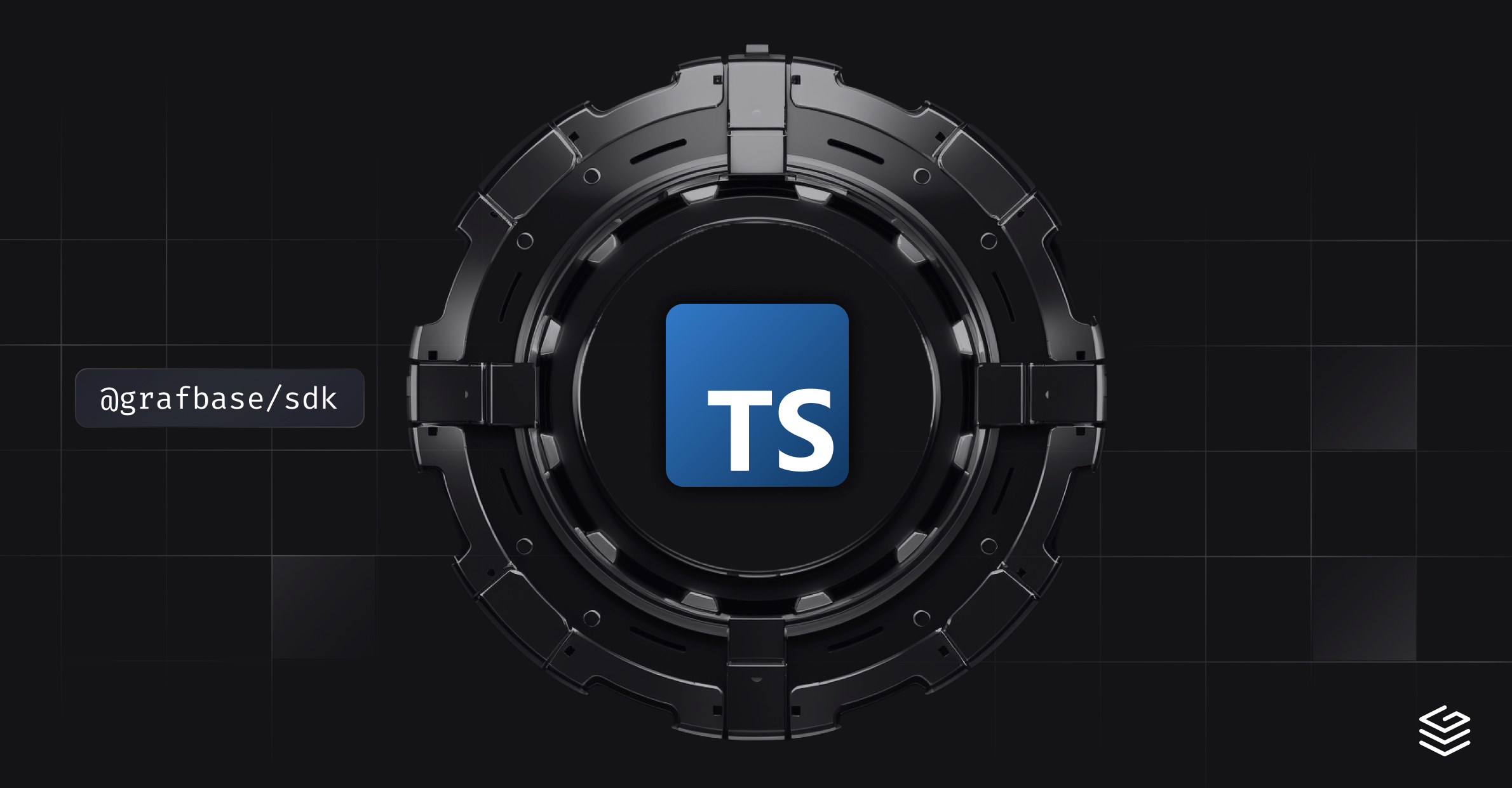Marinara Starita in a restaurant called Starita in the city of Naples. Sourdough crust and amazing tomato sauce. After that New York style pepperoni pizza and detroit style vodka sauce deep dish.
- 2 Posts
- 84 Comments

 5·2 months ago
5·2 months agoIt is actually quite nice. You sudo something in the terminal and can just swipe your finger to the reader without needing to type your password.
Plex and plexamp are quite good. Jellyfin and finamp too.
We had all the momentum; we were riding the crest of a high and beautiful wave… So now, less than five years later, you can go up on a steep hill in Las Vegas and look West, and with the right kind of eyes you can almost see the high water mark — that place where the wave finally broke, and rolled back.

 1·3 months ago
1·3 months agoFor sure. I would say if you run a distro like Arch, using it without cow filesystem and snapshots is not a good idea… You can even integrate snapshots with pacman and bootloader.
I’ve been running nixos for so long, that I don’t really need snapshots. You can always boot to the previous state if needed.
If you write software and run tests against a database, I’d avoid having the docker volumes on btrfs pool. The performance is not great.

 51·3 months ago
51·3 months agoYeah. I would not for example install ZFS to a laptop. It’s just not great there, and it doesn’t like things such as sudden power failure, and it uses kind of a lot of memory…

 261·3 months ago
261·3 months agoZFS is still the de-facto standard of a reliable filesystem. It’s super stable, and annoyingly strict on what you can do with it. Their Raid5 and Raid6 support are the only available software raids in those levels that are guaranteed to not eat your data. I’ve run a TrueNAS server with Raid6 for years now, with absolutely no issues and tens of terabytes of data.
But, these copy on write filesystems such as ZFS or btrfs are not great for all purposes. For example running a Postgres server on any CoW filesystem will require a lot of tweaking to get reasonable speeds with the database. It’s doable, but it’s a lot of settings to change.
About the code quality of Linux filesystems, Kent Overstreet, the author of the next new CoW filesystem bcachefs, has a good write-up of the ups and downs:
- ext4, which works - mostly - but is showing its age. The codebase terrifies most filesystem developers who have had to work on it, and heavy users still run into terrifying performance and data corruption bugs with frightening regularity. The general opinion of filesystem developers is that it’s a miracle it works as well as it does, and ext4’s best feature is its fsck (which does indeed work miracles).
- xfs, which is reliable and robust but still fundamentally a classical design - it’s designed around update in place, not copy on write (COW). As someone who’s both read and written quite a bit of filesystem code, the xfs developers (and Dave Chinner in particular) routinely impress me with just how rigorous their code is - the quality of the xfs code is genuinely head and shoulders above any other upstream filesystem. Unfortunately, there is a long list of very desirable features that are not really possible in a non COW filesystem, and it is generally recognized that xfs will not be the vehicle for those features.
- btrfs, which was supposed to be Linux’s next generation COW filesystem - Linux’s answer to zfs. Unfortunately, too much code was written too quickly without focusing on getting the core design correct first, and now it has too many design mistakes baked into the on disk format and an enormous, messy codebase - bigger that xfs. It’s taken far too long to stabilize as well - poisoning the well for future filesystems because too many people were burned on btrfs, repeatedly (e.g. Fedora’s tried to switch to btrfs multiple times and had to switch at the last minute, and server vendors who years ago hoped to one day roll out btrfs are now quietly migrating to xfs instead).
- zfs, to which we all owe a debt for showing us what could be done in a COW filesystem, but is never going to be a first class citizen on Linux. Also, they made certain design compromises that I can’t fault them for - but it’s possible to better. (Primarily, zfs is block based, not extent based, whereas all other modern filesystems have been extent based for years: the reason they did this is that extents plus snapshots are really hard).
I started evaluating bcachefs in my main workstation when it arrived to the stable kernels. It can do pretty good raid-1 with encryption and compression. This combination is not really available integrated to the filesystem in anywhere else but zfs. And zfs doesn’t work with all the kernels, which prevents updating to the latest and greatest. It is already a pretty usable system, and in a few years will probably take the crown as the default filesystem in mainstream distros.

 2·3 months ago
2·3 months agoAbout five years with Wayland now. Started with sway and now running KDE Plasma 6. It is snappy, simple and definitely so good I will not miss X11.
(I also think systemd is cool, you can crucify me now)

 10·3 months ago
10·3 months agoYou can also very easily run the bridges yourself if you don’t trust them. I do so in my homelab, it was 10 minutes of work setting it all up. Super stable, and e2e from my side.
For me their value proposition is their new beta android app which is the best Android matrix client, and their quite fast matrix server. That might change in the future when conduit is fast enough…
They finally accepted the web as the platform after all these years…

 4·4 months ago
4·4 months agoThis is my nix config for our brother scanner. Just run any Linux scanner utility and it just works:
https://git.sr.ht/~pimeys/nixos/tree/main/item/core/home-services.nix#L10

 6·4 months ago
6·4 months agoYes. We’ve had one Brother for ten years now. Still prints and scans just fine :D

 56·4 months ago
56·4 months agoThe mandatory comment to any printer discussion. Buy a brother laser. Nothing else. Preferably used.
deleted by creator
I’m coming from the old ages of internet where we didn’t have them. I’m fine with them, but I’m too old to use them comfortably.
It’s fine. Use them if you like, but I don’t really see the value in systems such as Discord where you pay money to have special emojis and so on…
Talking about Stephen King, Misery is a great movie.
I never really watched any horror movies until this October we binge watched almost 40 movies from that genre.
I agree, some of the absolute greatest films are from that genre, and you can find very interesting stuff from there if you dig a bit.
I’m now kind of mad at how I didn’t find Evil Dead earlier in my life. Or The Texas Chain Saw Massacre…
I didn’t like The Dark Knight at all. It was just kind of boring and the acting didn’t do anything for me.
I also think Nolan is highly overrated.







It was just merged to NixOS. Should be on unstable in a few days…